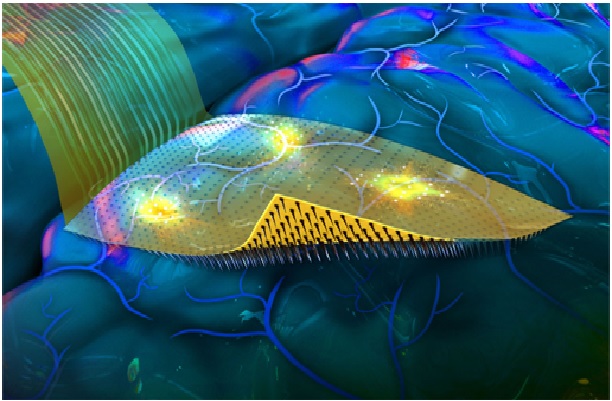Argonne Uses New Approach to Reduce Carbon Emissions
Essam El-Hannouny, a principal mechanical engineer at the Department of Energy’s (DOE) Argonne National Laboratory, research on how a renewable alcohol-based biofuel can serve as a dual fuel to help decarbonize locomotive engines.

Figure 1: New approach to lighten carbon emissions.
Figure 1 shows that El-Hannouny is working closely with Progress Rail, a Caterpillar company, to develop a second fuel system that can be installed in existing locomotives to supply hydrous ethanol to engines.
“It’s a good, fast way to adapt technology into an existing engine by manufacturing a retrofit kit that can be installed on current engines or on newer engines.” — Essam El-Hannouny, Argonne National Laboratory. [1]
Using hydrous ethanol as a dual fuel in internal combustion engines may help reduce greenhouse gases in the rail industry. Climate change is inspiring many industries to examine how greenhouse gas (GHG) emissions can be reduced.
El-Hannouny’s research is funded by two different DOE offices in the Office of Energy Efficiency and Renewable Energy (EERE).
The first is the Vehicle Technologies Office (VTO), which aims to advance combustion engine technology and simultaneously reduce criteria emissions, such as carbon monoxide, nitrogen oxides and ozone.
The second is the Bioenergy Technologies Office (BETO), which supports groundbreaking technologies to produce fuels, products and power from non-food sources of biomass and waste resources.
El-Hannouny believes the rail industry could retrofit most engines to accept the dual fuel technology within two to three years of the project’s conclusion. [2]
Older locomotive engines generate a surprising number of unwanted emissions. In a recent California Air Resources Board study of port areas and sources of emissions there, rail ranked second in creating nitrogen oxides (NOx) emissions due to the use of older locomotives to move heavy cargo around the port.
El-Hannouny’s approach of adding water to ethanol to create hydrous ethanol should reduce NOx emissions. Leaving water in the ethanol should reduce the energy required to make it. Substituting ethanol for diesel fuel should reduce both cost and life cycle GHG emissions.
This dual fuel approach to cutting man-made greenhouse gas emissions, which has been successfully tested on heavy duty trucks in the past, is an important step to fighting climate change in the marine and rail industries. [3]
References:
- https://www.technology.org/2022/03/29/lighten-carbon-footprint-locomotives/
- https://www.tunisiesoir.com/science/scientist-tests-new-approach-to-lighten-the-carbon-footprint-of-locomotives-28426-2022/
- source:https://www.anl.gov/article/argonne-researcher-tests-new-approach-to-lighten-the-carbon-footprint-of-locomotives
Cite this article:
Sri Vasagi K (2022), Argonne Uses New Approach to Reduce Carbon Emissions, AnaTechMaz, pp. 104















